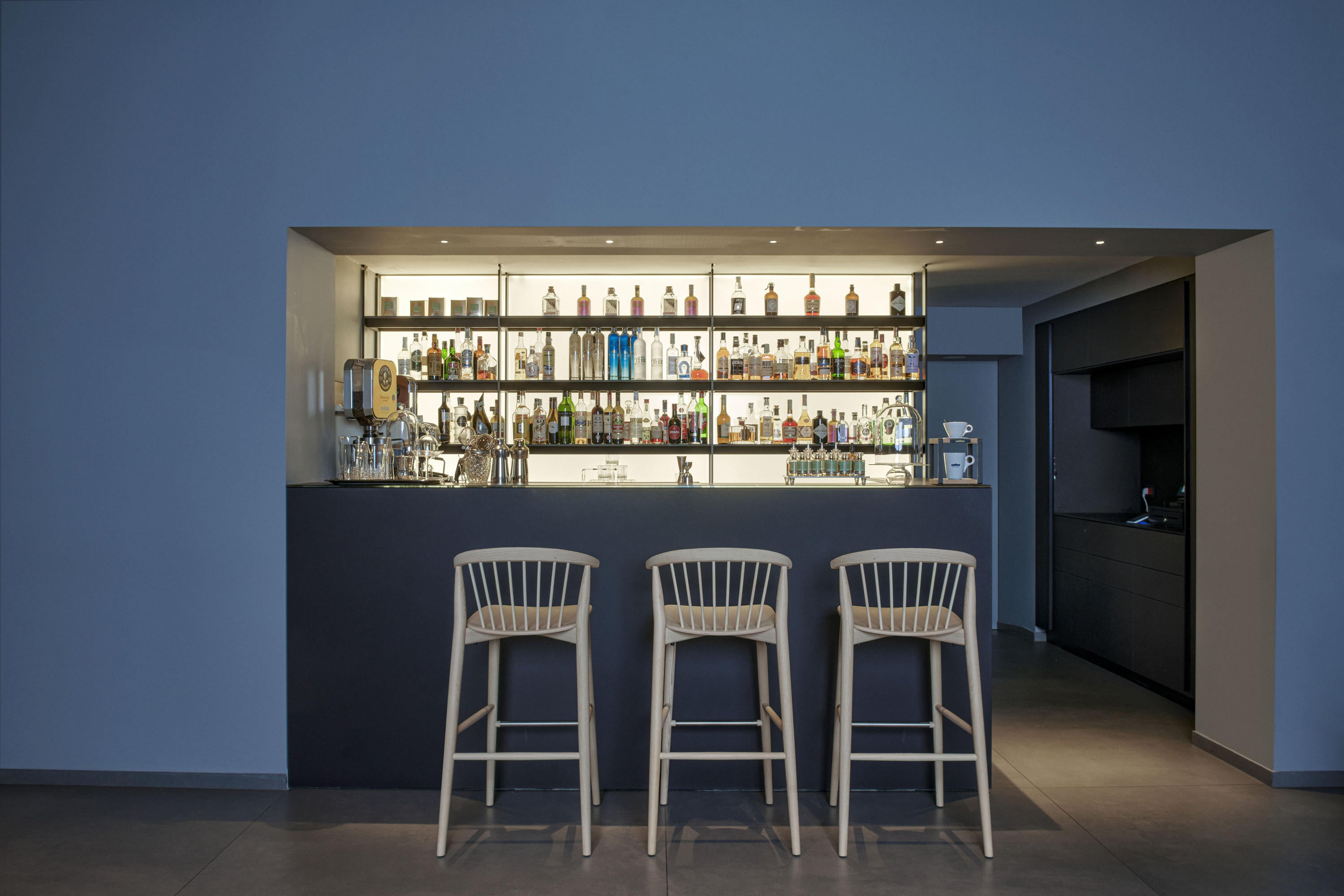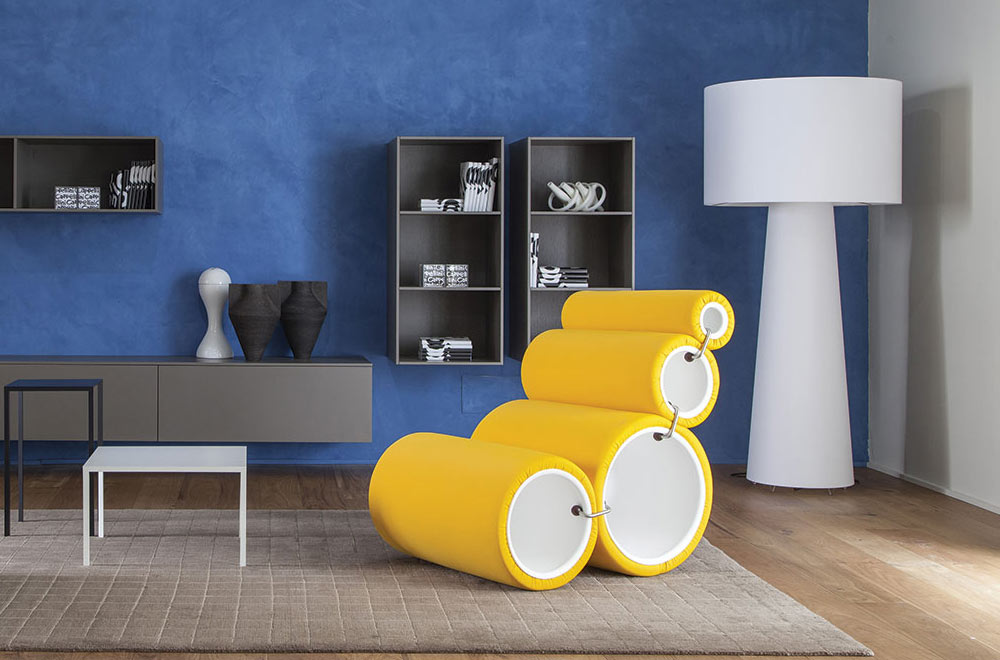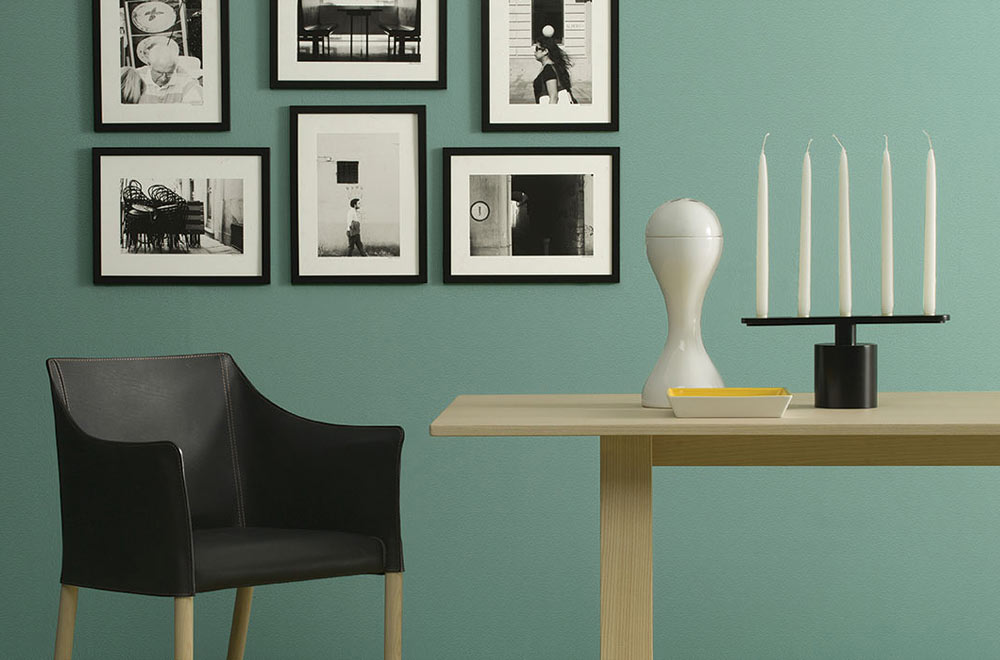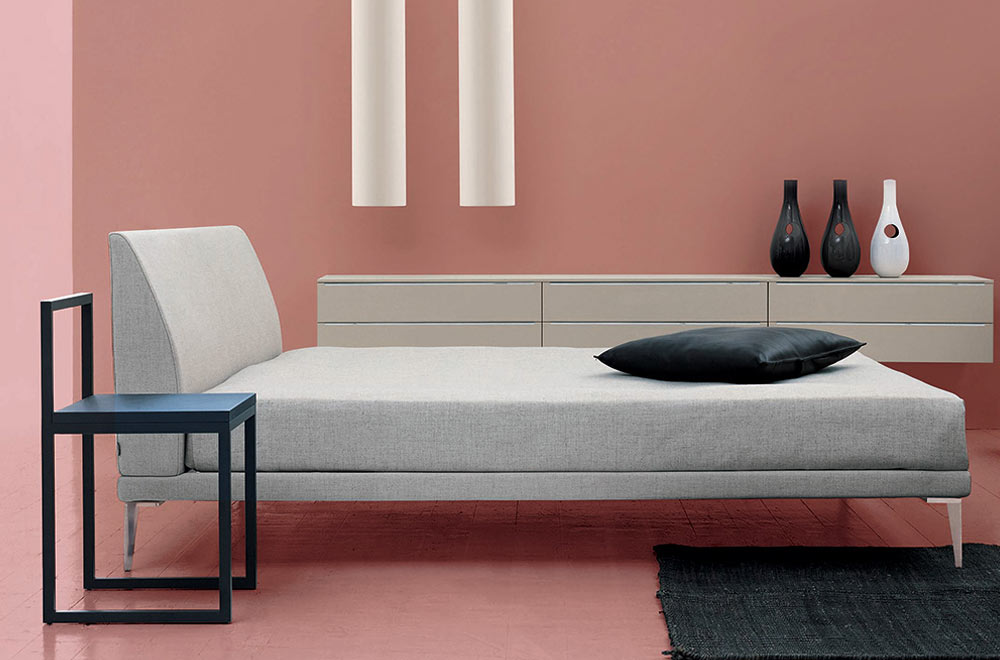The result of a contemporary re-interpretation of the timeless charm of Windsor-style chairs: Newood chairs are available in a range that now includes the Newood Stool.
Designed by the creative duo, Alberto Brogliato and Federico Traverso, Newood chairs express the successful harmony between technologically advanced craftmanship and manufacturing excellence. An encounter between past and present, attained through the extraordinary study of details, in particular the distinctive back rest in solid curved wood which provides pleasant tactile element: the genuine and reassuring beauty of wood.
Newood chairs are an homage to pure design, as demonstrated by the fact that it is also the first wooden chair in the Cappellini catalogue that is also stackable. Available in a bleached ash, wengé stained and black stained finish. Newood chairs are particularly captivating in the contemporary hues, Shanghai blue and cherry red.
A natural evolution of the chair presented in 2018, the Newood Stool, designed by the BrogliatoTraverso studio for 2019, is characterized by an essential architecture and the perfect balance between occupied and empty space, in perfect synthesis with the original design.
Newood Stool is available in two different heights, with a structure made of solid ash and foot rest in satined stainless steel.
Available in a bleached ash, wengé stained and black stained finish.
Available with upholstered seat in fabric or leather.
Both hold a degree in architecture from the University of Venice, Alberto Brogliato and Federico Traverso founded the BrogliatoTraverso design studio after undertaking journeys and experiences that allowed them to enrich their personal and professional backgrounds, such as the exploration of the art of glassmaking in Murano and traditional ceramics in Japan.
The philosophy that defines the BrogliatoTraverso studio can be summarized by the claim: “NO TIME, NO SPACE”.This highly personal design method captures their desire to create objects that are atemporal and acontextual. The two professionals work through subtraction, creating works that are rich with details that are nearly imperceptible.

















